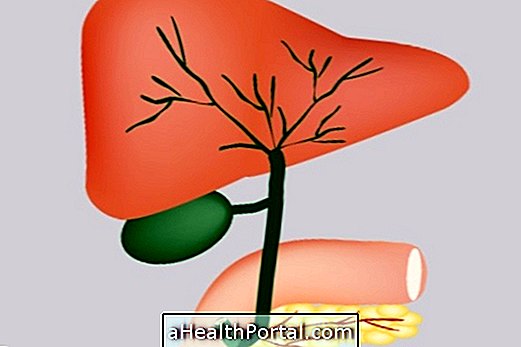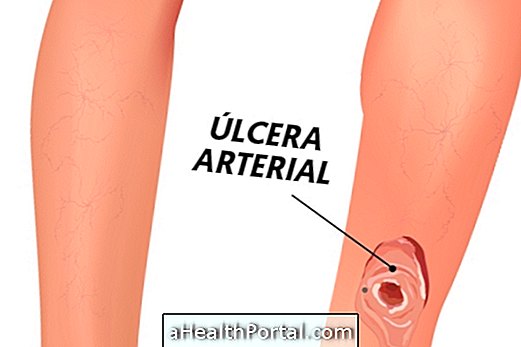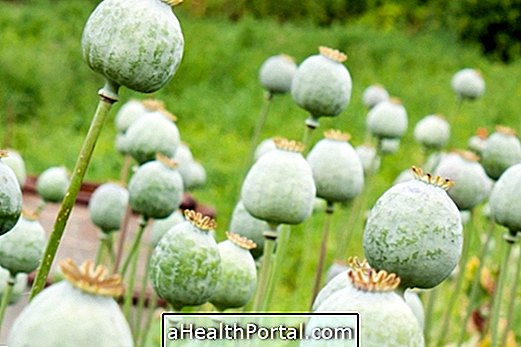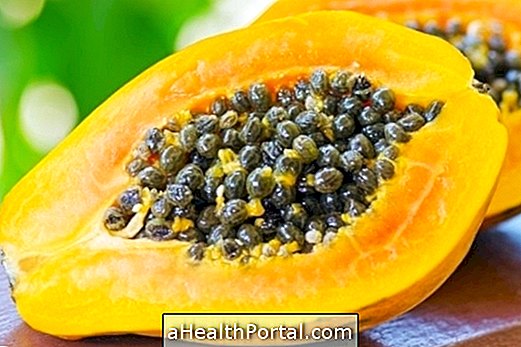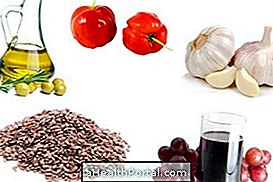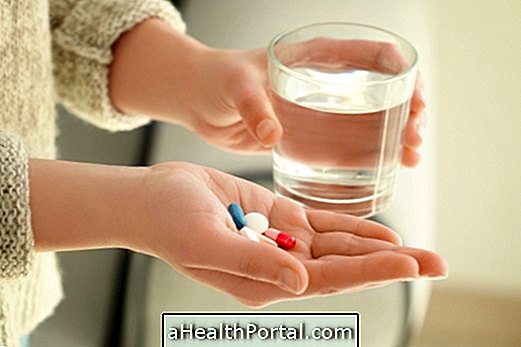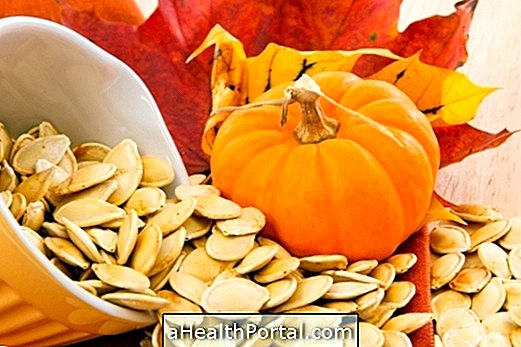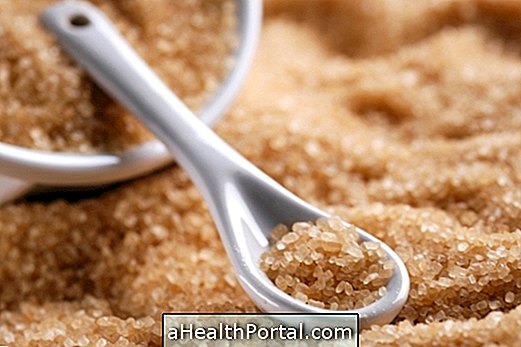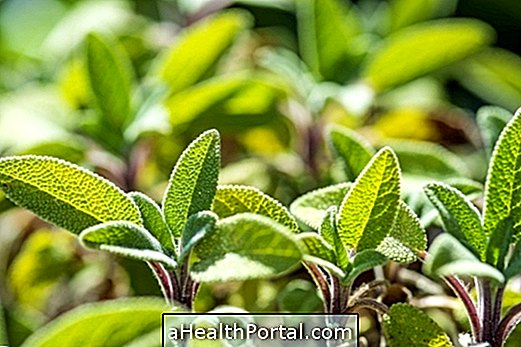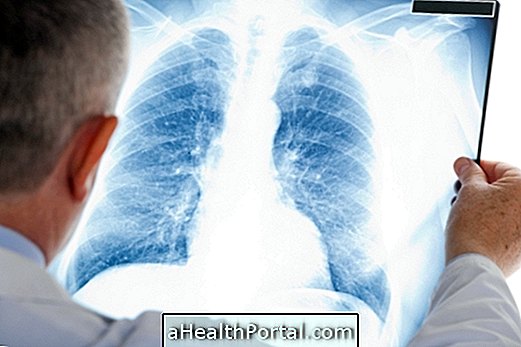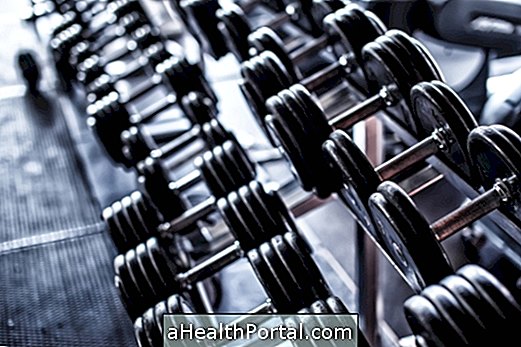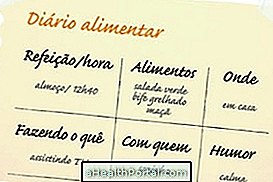Wearing a tight bra, putting cold compress on the breasts and even tying the breast with a bandage are strategies that can be used to stop milk production, but in some specific cases, the obstetrician or pediatrician may prescribe medicines that dry the milk .
By using only the home-made techniques, it is possible to stop about 80% of milk production in the first few days, and when the woman follows all these strategies it is possible to stop lactation in less than 15 days, or less time, if she does not already produce as much milk. But all these strategies can also be adopted by the woman who is taking medicines to dry the milk, which makes the result is achieved faster.
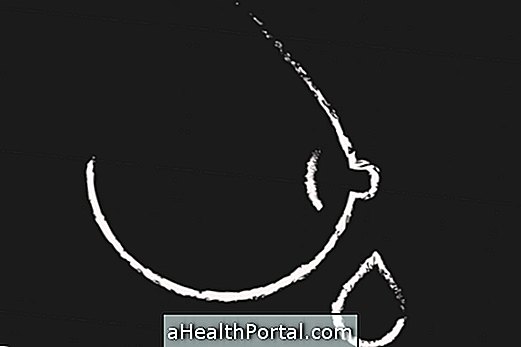
Remedies to dry the mother's milk
Drugs to dry breast milk, such as bromocriptine, lisuride and cabergoline, have strong side effects such as headache, nausea, vomiting, dizziness, abdominal pain, drowsiness, and heart attack and therefore should only be used when milk immediately.
Some situations where this is indicated are when the baby has some malformation on the face or digestive system or when the mother has some serious illness that can pass to the baby through the breast milk.
When the woman is in good health and also the baby, these remedies should not be indicated simply because of the desire not to breastfeed or to stop breastfeeding faster because there are other strategies, natural and less risky, that are also sufficient to inhibit production of breast milk.
7 Natural Strategies for Drying Breast Milk
Home-made techniques are the most appropriate strategies for the woman who has breastfed the time she wanted and is now going through the final phase, and there are not so many advantages to maintaining breastfeeding.
In this case what you can do is:
- Do not offer the breast to the child and do not give in if it still shows interest in breastfeeding . The ideal is to distract the baby or child at times when he was used to suckling. At this stage he should not be too much in the mother's lap because the smell of the mother and her milk will attract your attention increasing the chances of him wanting to suck;
- Remove a small amount of milk during the warm bath, only to relieve the discomfort of having breasts engorged, whenever you feel your breasts very full. Milk production will gradually decrease naturally, but if the woman still produces too much milk, this process can last for more than 10 days, but when the woman no longer produces enough milk, it can last up to 5 days;
- Placing cold or warm cabbage leaves (depending on the woman's greater comfort) will help support the full breasts longer;
- Tie a bandage, like a top, securing the breasts, which will keep them from getting full of milk, but be careful not to interfere with breathing. This should be done for about 7 to 10 days, or for less time if the milk dries before. A tight top or bra that holds the entire breast may also be worn;
- Drink less water and other liquids because they are essential in milk production, and with its restriction, production naturally decreases;
- Put ice packs on your breasts, but wrap them in a diaper or napkin so you do not burn the skin. This should only be done after removing some of the milk during the bath.
- Practice intense physical activity because with increased caloric expenditure, the body will have less energy for milk production.
But if there are signs of mastitis, such as fever, very sore and reddish breasts, one should go to the doctor immediately. Most of the time this only happens when the woman is still in an early stage, soon after delivery, which is when the body is more able to produce a greater amount of milk, and as a rule, it does not happen in women where infants only breastfeed up to 3 times a day.
When drying the milk is indicated
The WHO encourages all healthy women to breastfeed their babies for up to 6 months exclusively, and then continue to breastfeed up to 2 years of age. But there are some situations where breastfeeding is contraindicated, so it may be necessary to dry the milk, such as:
| Maternal Causes | Causes of baby |
| HIV + | Low weight with immaturity to suck or swallow milk |
| Breast cancer | Galactosemia |
| Disturbances of consciousness or risky behavior | Phenylketonuria |
| Use of illicit drugs such as marijuana, LSD, heroin, cocaine, opium | Malformation of the face, esophagus or trachea that prevents oral feeding |
| Diseases caused by viruses, fungi or bacteria such as cytomegalovirus, Hepatitis B or C with high viral load (temporarily stop) | Newborn with severe neurological disease with difficulty feeding from the mouth |
| Active herpes breast or nipple (temporarily stop) |
In all these cases the baby should not nurse, but can be fed with adapted milk. In the case of viral, fungal or bacterial diseases in the mother this restriction can be made only while she is sick, but to maintain her milk production, one must withdraw the milk with a bombilla or with the manual milking so that she can breastfeed after being cured and having been cleared by the doctor.
